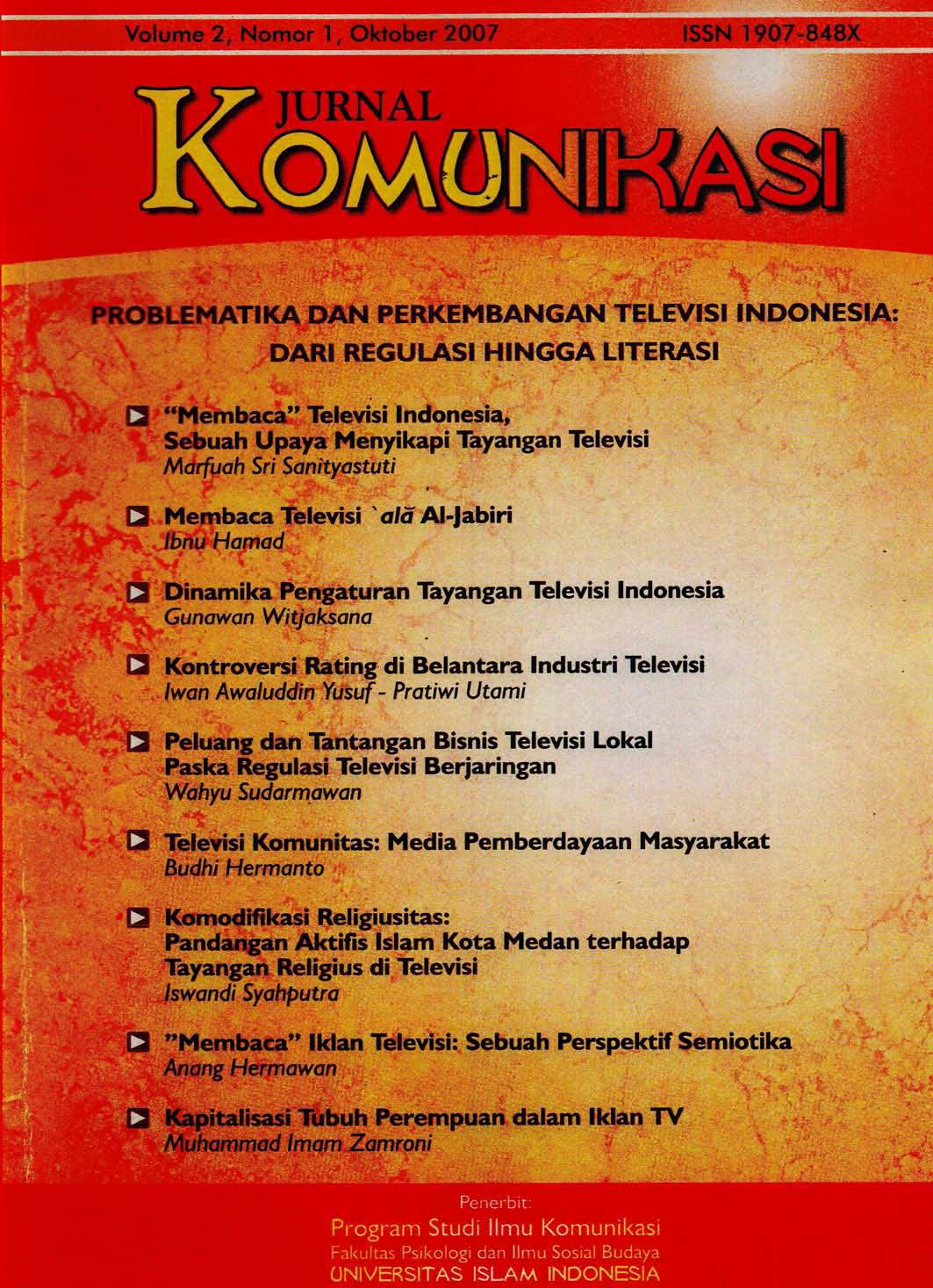Main Article Content
Abstract
Semiotic is one of considerable approach in study of media, especially television advertisement. Emerging from meaning-based models, semiotic of television advertisement differs from the traditional information processing approach to advertising reception principally, because advertising meanings are constructed within the signifying frame of the “text” by audience or “advertisement reader”, rather than simply being delivered in content by the advertising. In effect, passive terms such as 'reception' and 'processing' in advertising audience relationship are rejected by meaning-based models and replaced with the more active concept of interpretation. This subtle shift in the advertising's syntagmatic and paradigmatic locus has had a number of major theoretical implications for the study of advertising interpretation. Most important, meaning-based models stress that audience members may well produce different interpretations about “meaning” in television advertisement.
Article Details
Authors who publish with this journal agree to the following terms:
- Authors retain copyright and grant the journal right of first publication with the work simultaneously licensed under a Creative Commons Attribution License that allows others to share the work with an acknowledgement of the work's authorship and initial publication in this journal.
- Authors are able to enter into separate, additional contractual arrangements for the non-exclusive distribution of the journal's published version of the work (e.g., post it to an institutional repository or publish it in a book), with an acknowledgement of its initial publication in this journal.
- Authors are permitted and encouraged to post their work online (e.g., in institutional repositories or on their website) prior to and during the submission process, as it can lead to productive exchanges, as well as earlier and greater citation of published work (See The Effect of Open Access).
